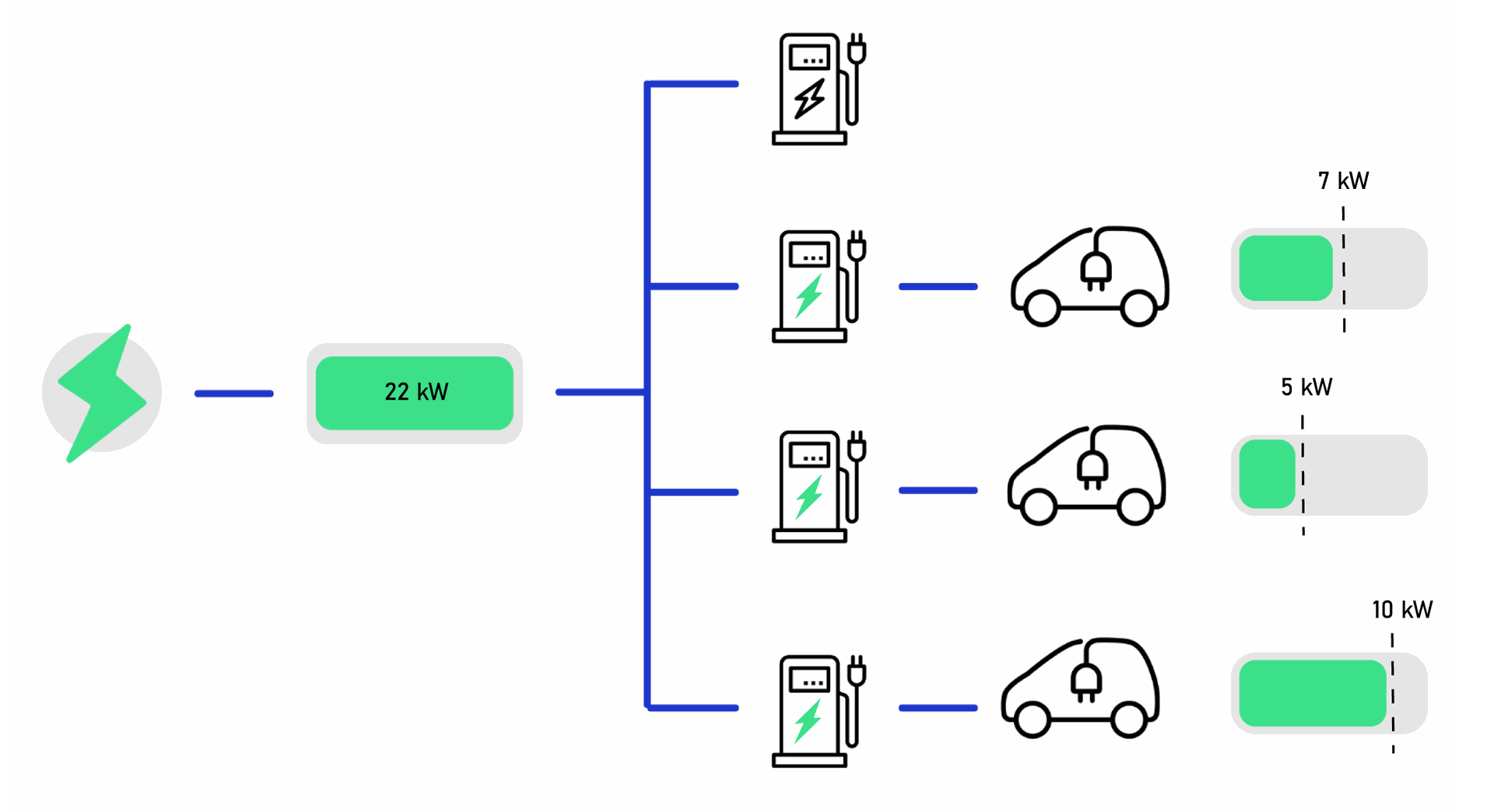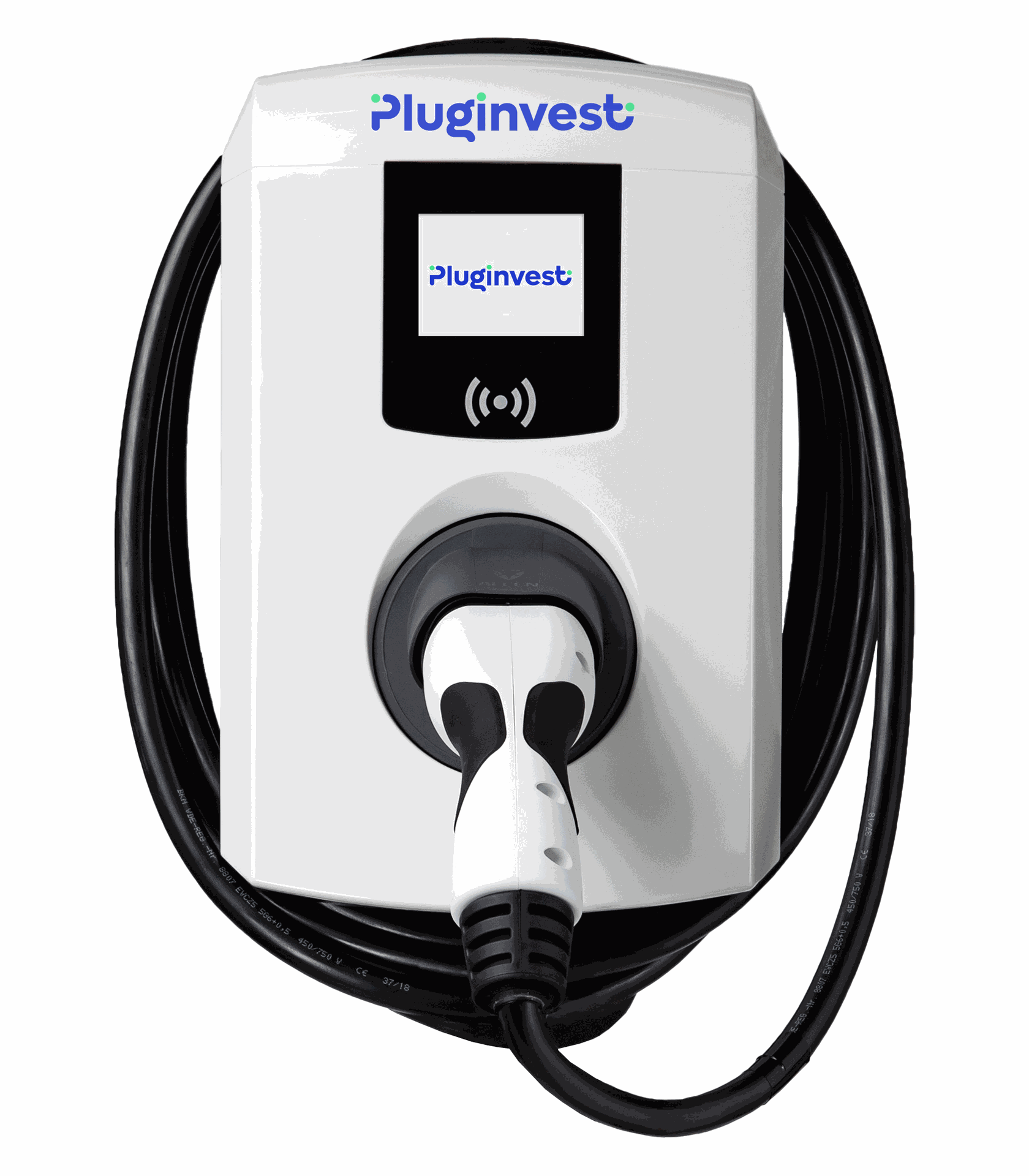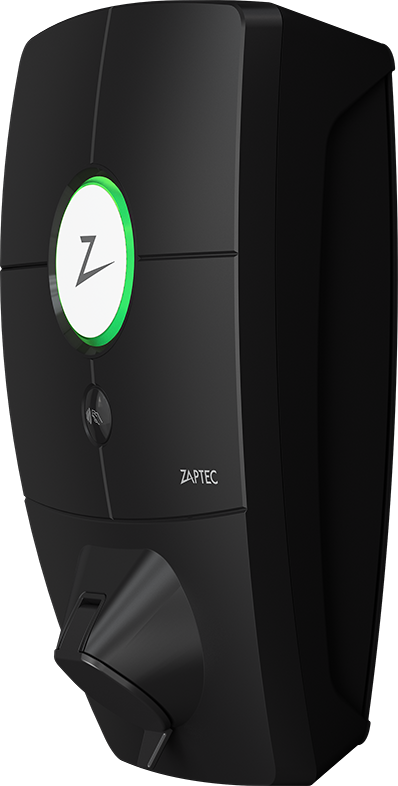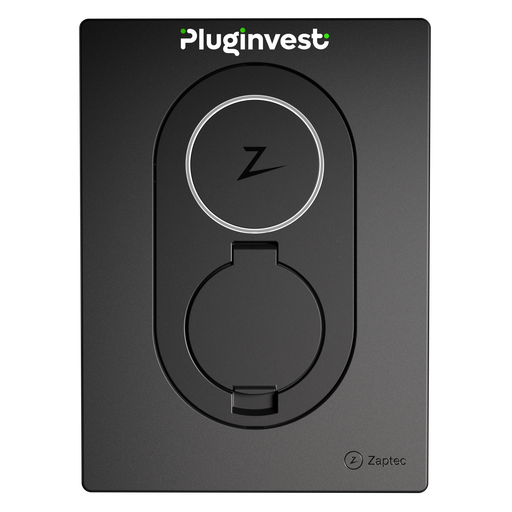What is load balancing?
If you want to place several charging stations in one place, for example a company car park or garage, you need to be aware of the load on the electric grid. A car is usually charged at a relatively high power for several hours. So if several cars are charged at the same time, overloading the grid is a real possibility.
This can also occur in your home. An obvious example: If you use the dishwasher, dryer, electric cooker, fryer and then charge your electric car at the same time, the fuse may blow because the electric grid is overloaded. To prevent this in charging appliances, we use load balancing.
How does load balancing work with charging stations?
Load balancing is actually a form of smart charging,distributing the available power equally among all active charging stations. It takes into account several factors, such as the available electricity capacity, the charging speed of connected vehicles and the energy consumption at the time. Smart algorithms determine which charging station can draw electricity at what time to ensure that all cars are sufficiently charged. This prevents overcharging and optimises energy consumption. This is especially useful when several cars are often charged at the same time or there is an irregular charging pattern.
The illustration below shows how the available power of 22 kW is efficiently distributed to the different electric vehicles that are charging. The system automatically evaluates in real-time how much power should be sent to which car.

Is it necessary to provide load balancing on a charging station?
Whether you need load balancing for your charging station depends on your situation. However, it is strongly recommended. It is the best way to avoid power outages and prepare your charging station for the future.
With the introduction of the digital meter, it is important to prevent your car from using too much power at peak times, as this can significantly increase your energy bills. Many homes are not equipped to power multiple heavy consumers at the same time. Load balancing helps prevent power outages caused by overloading your fuse.
What are the advantages of load balancing?
Reduced risk of grid overload
Smart power steering
Easy to add new charging stations = future-proof
Cost savings through efficient distribution of electricity
The difference between static and dynamic load balancing
Static load balancing
Static load balancing is 'stupid' because it works with fixed charging rates. Regardless of what happens to the grid, the power remains the same for all EVs. This also means that the charging station is not connected to the meter box, so it cannot read the power and automatically control it. This approach is possible with all charging stations and is usually already built into the device.
✅ Pros:
Easier to use
❌Cons:
cannot adapt to changed power
does not make more efficient use of available power
Dynamic load balancing
On the other hand is dynamic load balancing'smart' because it can adjust power in real time to match the grid. It is perfect for larger charging networks with high demand. Changing charging rates based on available capacity helps optimise the charging process and reduce energy costs.
✅Pros:
takes into account factors such as car battery level, time of day and energy prices
always the most efficient use of available power
Real-time info on charging sessions via platform
❌Cons:
More expensive
more complex technology
Charging via solar panels
Load balancing, especially dynamic load balancing, plays a crucial role in maximising the benefits of solar panels for charging your electric vehicle (EV). Instead of using expensive grid power, this technology helps you prioritise your own free solar energy for charging your EV. By setting load balancing on your charging station, it will decide for itself when to use grid power and when to use solar panels. With this, you use greener electricity to charge your electric car and save money.
Charging stations that have dynamic load balancing

Alfen Eve Single Pro
The Eve Single Pro-line is a smart charging solution and is optimally suited to private and semi-public locations.

Zaptec Pro
The Zaptec Pro is a smart and efficient charging device for large parking lots of residences, businesses or new construction projects.
Pluginsights
Find out all about the EV Sector and gain new insights into the transition to eMobility.
